Choctawhatchee Bay has two main types of seagrass. Shoal Grass, or Halodule wrightii, is the most commonly found species in the bay and thrives in areas with higher salinity levels. The species sports long narrow strands and can form carpet-like beds. Widgeon grass, or Ruppia maritima, is often said not to be a “true” seagrass because it tolerates both freshwater and marine water. It has thin leaves that grow from branched stems, and can have small buds or blooms.
In 2009 CBA began a long-term monitoring project to analyze coverage and abundance of seagrass in the Choctawhatchee Bay. In 2016 we collaborated with the Fish and Wildlife Research Institute to conduct a more in-depth monitoring protocol involving light attenuation, seagrass growth, abundance, sting ray transects, and related water quality variables.
Historically, CBA has partnered/worked with the Fish and Wildlife Research Institute on monitoring and assessing seagrass abundance in Choctawhatchee Bay. Since 2016 our data has been included in the FWRI Reports of the Seagrass Integrated Mapping and Monitoring (SIMM) Program available at: http://myfwc.com/research/habitat/seagrasses/projects/active/simm/simm-reports/
CBA's goal is to monitor 40 (historical seagrass presence and absence) sites, and revisit them each year.
Most recent report available here.

